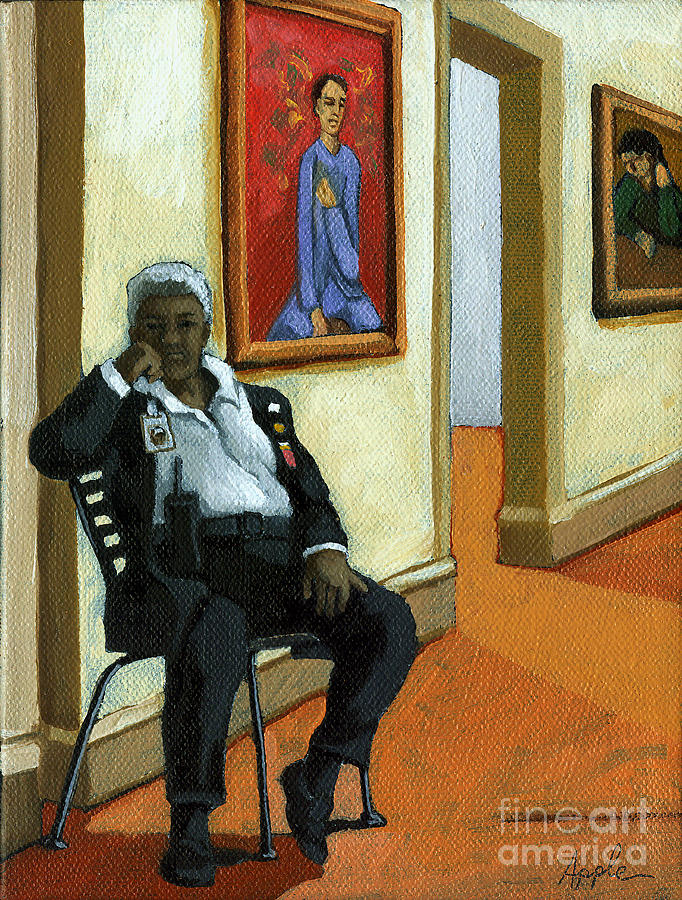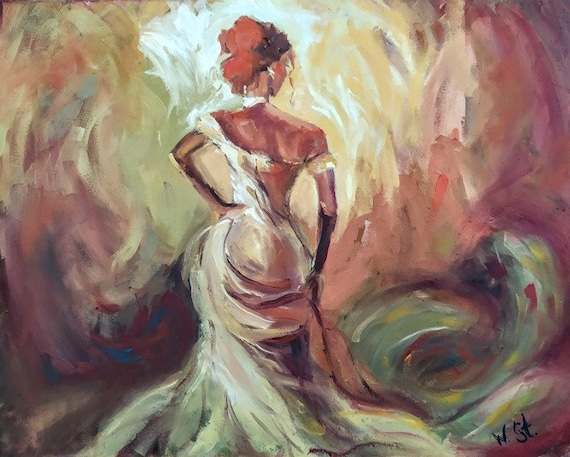The Influence of Figurative Oil Painting on Modern Art and Society
The Influence of Figurative Oil Painting on Modern Art and Society
Blog Article
The Advancement of Metaphorical Oil Painting: Understanding Its Historic Relevance and Modern Interpretations
The development of figurative oil paint serves as a compelling lens where to take a look at the interplay in between creative expression and historical context. From the thorough naturalism of the Renaissance to the stirring power of the Baroque, each era has actually contributed layers of meaning and strategy to this ageless tool. Contemporary musicians, drawing from this abundant heritage, are now reinterpreting the human number in manner ins which test standard narratives. As we discover these changes, one have to think about how the discussion between existing and previous informs not only imaginative method yet likewise social reflections in a significantly complicated globe.
Beginnings of Figurative Oil Painting
The origins of figurative oil painting can be traced back to the very early Renaissance in Europe, specifically in the 15th century. The growth of oil paint allowed for higher depth of color and detail, improving the realistic look and vibrancy of their job.

In this transformative period, numbers were commonly illustrated within contextually rich environments, showcasing not just their physical features however likewise their psychological states. Leaders such as Jan van Eyck and Titian took advantage of the medium's versatility, using layering strategies to accomplish luminosity and appearance. This advancement helped with the portrayal of detailed materials and the subtleties of complexion, contributing to the development of portrait and narrative scenes.
Additionally, the Renaissance focus on humanism promoted a gratitude for individualism, which subsequently influenced musicians to produce even more vibrant and relatable figures - figurative oil painting. Because of this, metaphorical oil painting emerged as a powerful lorry for narration and emotional interaction, preparing for future artistic motions and designs
Secret Historic Motions
Substantial historical activities have formed the evolution of figurative oil paint, each contributing special philosophies and methods that increased the medium's opportunities. The Renaissance marked an essential minute, emphasizing realistic look and the human kind, with artists like Leonardo da Vinci and Michelangelo pushing the borders of anatomical accuracy and viewpoint. Following this, the Baroque period brought dramatic contrasts of light and darkness, exhibited by Caravaggio, who infused religious motifs with extreme emotionality.
The 19th century introduced Romanticism and Realism, where artists such as Delacroix and Courbet tested classical ideals, concentrating on specific expression and day-to-day life. The introduction of Impressionism better revolutionized the medium by highlighting the impacts of light and shade, bring about a departure from conventional representation.
In the very early 20th century, activities like Expressionism and Cubism redefined metaphorical paint via abstraction and the exploration of emotional depth. Each of these movements not only showed the societal modifications of their times however additionally laid the foundation for modern analyses. The interaction in between these historic movements has produced a rich tapestry of viewpoints and styles, influencing contemporary artists in their pursuit of capturing the human experience on canvas.
Techniques and Materials Evolution

Throughout the Baroque period, strategies such as chiaroscuro and sfumato emerged, boosting the emotional vibration of figurative make-ups. Artists started to try out lusters and impasto, manipulating appearance and luminosity. By the 19th century, technologies like the use of pre-mixed paints in tubes changed ease of access, permitting artists to repaint en plein air and record the fleeting results of light.
The 20th century witnessed the intro of artificial pigments and mediums, which broadened the scheme and altered the uniformity of oil paints. Moreover, the exploration of brand-new application strategies, such as palette blades and brushes of differing stiffness, additional varied imaginative expression. Collectively, these innovations reflect the developing partnership between products, methods, and the imaginative vision inherent in figurative oil paint.

Contemporary Interpretations
Contemporary interpretations of figurative oil paint mirror a vibrant dialogue between custom and technology, where artists test developed standards and check out diverse styles. This evolution manifests in different means, as contemporary musicians mix timeless techniques with modern principles, typically resolving social, political, and my sources personal narratives.
Lots of practitioners draw inspiration from historical jobs, yet they instill their pieces with contemporary viewpoints, making use of the human type as a car for commentary on identity, society, and gender. Artists significantly explore abstraction, distortion, and blended media, which permits a more comprehensive interpretation of the figure and its context.
In addition, the usage of vibrant shade combinations and unconventional make-ups commonly serves to interfere with conventional viewing experiences, prompting crucial involvement from audiences. This change in focus expands beyond aesthetics; it shows a growing understanding of the intricacies of human experience in an interconnected world.
As metaphorical oil painting proceeds to develop, it continues to be an important tool for exploring the subtleties of modern life, symbolizing both a regard for heritage and a commitment to modern idea. The result is a rich tapestry of expression that reverberates with the complexities of the contemporary human problem.
Effect On Modern Art
The impact of figurative oil paint on modern-day art is extensive, as it has constantly influenced a myriad of imaginative activities and practices throughout the 20th and 21st centuries. view it now From Expressionism to Surrealism and beyond, the exploration of the human number has actually continued to be a main motif, allowing artists to communicate complicated feelings and stories. This focus on metaphorical depiction has led to a re-examination of traditional techniques, leading to ingenious methods that blend realism with abstraction.
Additionally, modern artists have accepted figurative oil painting as a way to deal with home social and political issues, utilizing the medium to test assumptions of identity, culture, and gender. The rebirth of passion in metaphorical work in recent years reflects a wishing for link in a progressively digital world, where human experience and feeling are vital.
Furthermore, the dialogue between metaphorical oil painting and modern art is evident in the jobs of artists such as Kehinde Wiley and Jenny Saville, who make use of historical references while instilling their items with contemporary importance. Eventually, figurative oil paint remains to shape and redefine modern-day creative expression, underscoring its long-lasting importance in the art world.
Conclusion
The advancement of figurative oil painting emphasizes its historical importance and flexibility across different creative activities. Ultimately, figurative oil paint continues to be an important medium for discovering the human experience, reverberating exceptionally in today's electronic landscape.
The advancement of metaphorical oil painting serves as an engaging lens via which to examine the interplay between creative expression and historic context.Substantial historic movements have shaped the development of metaphorical oil paint, each adding one-of-a-kind philosophies and techniques that broadened the medium's possibilities.As historical motions formed the trajectory of metaphorical oil paint, the materials and techniques employed by artists have also undergone significant changes. figurative oil painting.The effect of figurative oil painting on modern art is profound, as it has continually inspired a myriad of artistic movements and techniques throughout the 21st and 20th centuries.The advancement of metaphorical oil paint highlights its historic importance and versatility across various artistic activities
Report this page